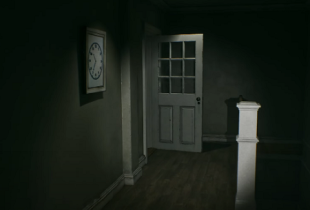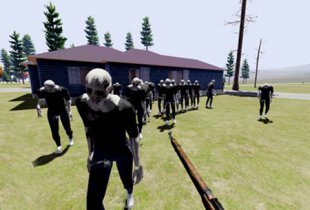Game description:
Dead Ringer is a mystery investigation game set inside a mansion where several deaths have taken place under unclear circumstances. The player takes the role of Detective Maxwell, who arrives to reconstruct the events of the night before sunrise. The story is contained within a single location, with all suspects, clues, and evidence connected by hidden relationships. The gameplay focuses on observation, analysis, and decision-making as the player works to determine who is responsible and why.
Gameplay Structure
The design of Dead Ringer combines exploration and dialogue-based investigation. The player moves between rooms, inspects objects, and speaks with survivors. Each interaction may unlock new information or create contradictions that point toward the truth. Progress is tied to how efficiently the player connects evidence rather than how quickly they act. The investigation takes place under time constraints, adding pressure to prioritise leads and manage limited opportunities for questioning.
Central gameplay elements include:
· Interrogation sequences where dialogue choices influence available clues.
· Environmental exploration for discovering physical evidence.
· Logical deduction through note comparison and statement analysis.
· Time-limited investigation cycles that determine narrative pacing.
· Multiple endings shaped by accuracy of conclusions and choices made.
Story And Atmosphere
The entire narrative of Dead Ringer unfolds within a single night, giving the game a closed, consistent structure. Each character presents part of the story through their version of events, but none can be fully trusted. The player gradually uncovers overlapping motives that link every death in unexpected ways. The sense of confinement drives focus on detail — a misplaced item, a conflicting statement, or a hidden connection can change the direction of the case entirely.
Approach And Player Strategy
Solving the case in Dead Ringer requires careful observation and critical thinking. Guessing too early or ignoring inconsistencies can lead to incorrect outcomes. Revisiting rooms and re-examining dialogue often reveals overlooked information. The most effective approach involves gathering as much data as possible before forming final conclusions. Each decision influences the next, creating a continuous feedback loop between discovery and interpretation.
























































































































































Comments